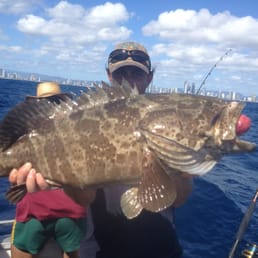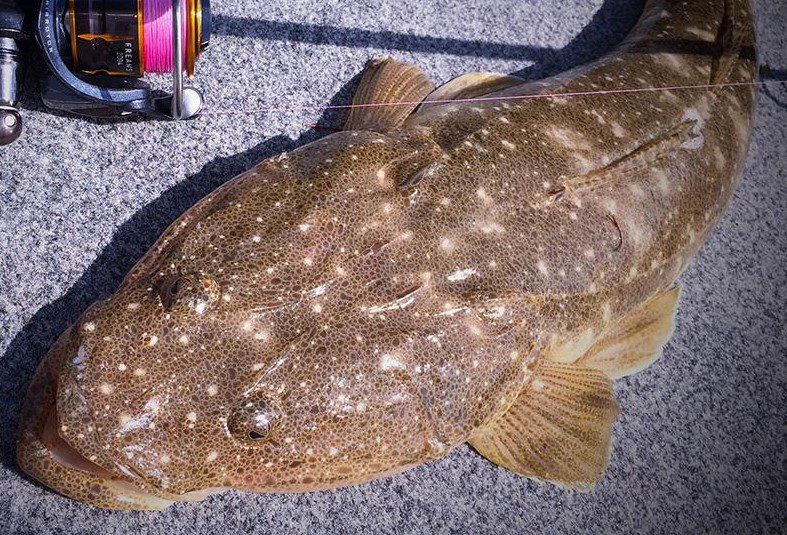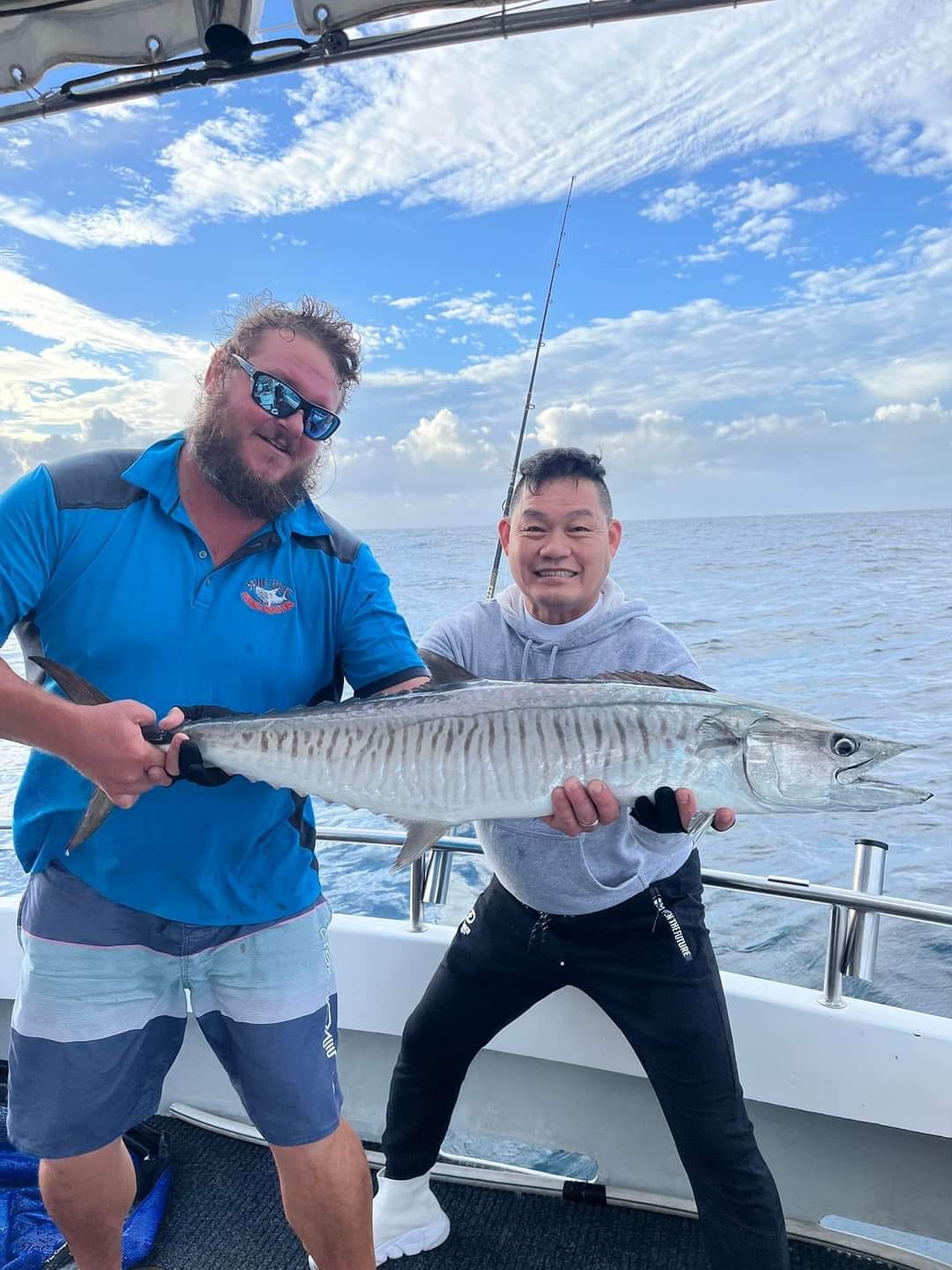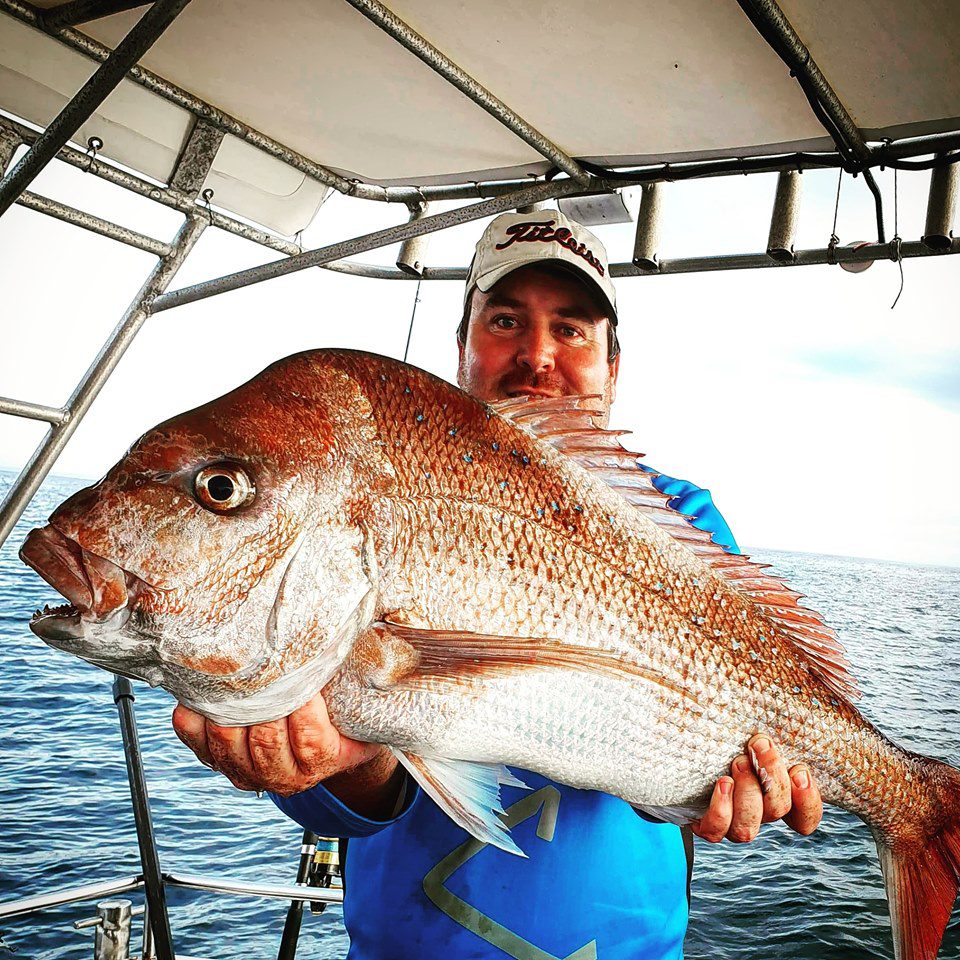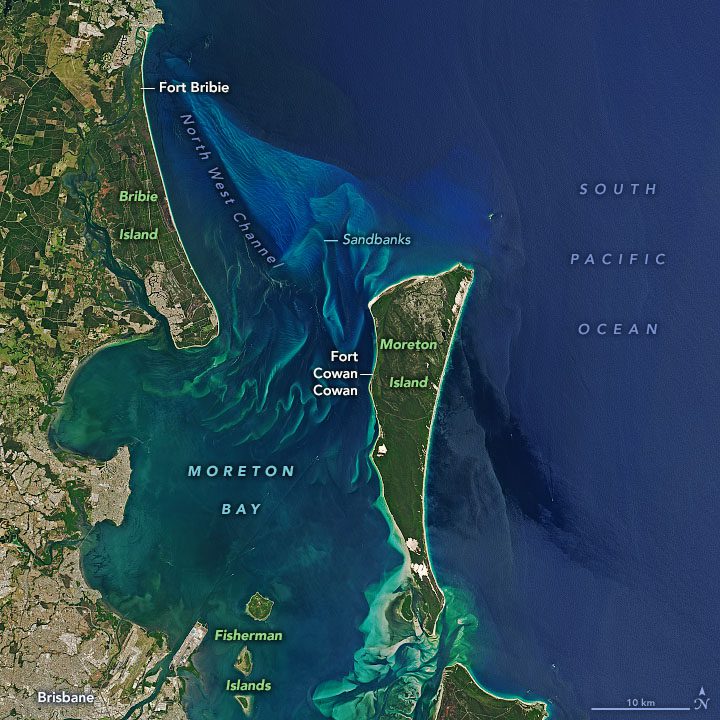Barotrauma in Reef Fish
When a fish is hooked and wound up quickly from deep in the water column, the rapid change in water pressure causes the gases in the fish’s body to expand. This results in a variety of injuries that can be fatal to most fish. This is what is commonly known as barotrauma.
Which fish does barotrauma effect?
Many reef fish species are susceptible to the effects of barotrauma. Mulloway, Venus Tuskfish and Teraglin in particular, are highly vulnerable. However it can effect a wide range of reef dwelling species if wound up from deep reefs too quickly. The effects are usually visible in the for of what looks like a balloon protruding from the fish’s mouth. Other symptoms include bulging eyes, a swollen stomach or intestines popping out.
Even fish that don’t display visible symptoms of barotrauma. Incidentally may have suffered deadly injuries such as a ruptured swim bladder, damaged organs, internal bleeding and blood clotting.

How to minimise the effects of barotrauma on fish
When fishing deep water use suitable tackle and taking a little bit of time to bring the fish up will help reduce the effects of barotrauma. Furthermore once you have caught enough reef fish for a feed. As a rule its best to move on and target other species that aren’t susceptible to barotrauma.
Of course, there is always the chance you will catch undersized fish that have to be released. Chiefly it is important to give the fish the best possible chance of survival after release. Venting of the fish can be helpful in this case.
How to vent a fish
- Gently remove the hook from the fish or cut the line if the fish has swallowed the hook
- Using a hollow needle or syringe, gently pierce a hole in the side of the fish to allow the gases to escape. Insert the needle under a scale, at 45 degrees to the body, in line with the top of the pectoral fn and directly below the fourth dorsal spine.
- Avoid inserting the needle too deeply, as this may result in damage to an internal organ. Likewise if this technique is carried out correctly, you should hear the sound of gas escaping as you insert the needle. Applying gentle pressure to the stomach may assist in forcing additional trapped air from the fish.
- Gently release the fish back into the water. It may to be supported and swum for a few seconds until it revives.
- There is no need to puncture the organs protruding from the fish (stomach and intestines) as these will return to their regular size within a few hours after venting the swim bladder.

Weighting Fish Down
Weights (sinkers) can be used to assist some fish back to the bottom. A barbless hook with a short length of line attached to a sinker, will help the fish down and allow its pressure to equalise as it goes. Once at the bottom and back in good health. The fish can then shake its head and expel the barbless hook and sinker.
Local Gold Coast Species
Snapper
Snapper are very resilient to catch and-release, with nearly 90 per cent surviving (provided they are handled gently and correctly). Usually barotrauma affects
snapper taken from depths greater than 20 metres. Symptoms include a swollen abdomen, the stomach being forced out of the mouth or rear or a combination of these, and they can become worse the longer the fish is at surface level.
Pearl Perch
Pearl perch are resilient to catch and release, with more than 90 per cent surviving. In most cases, pearl perch suffer from barotrauma even though they rarely display any symptoms. This is because pearl perch swim bladders rupture during ascent from depth, with swim bladder gases escaping into the gut cavity. As the fish approaches the surface, the alimentary tract ruptures near the rear, allowing swim bladder gases to escape before the fish reaches the surface. The swim bladders of line caught pearl perch have been found to heal up in 2–3 days.

Teraglin and Mulloway
Teraglin and Mulloway are not as resilient to catch and release, with less than 50 per cent surviving when caught from depths less than 50 metres. Virtually none survive catch and release if caught from depths greater than 75 metres. For these species in particular it is essential to release the fish quickly once they are caught. Venting will usually be required.
Venus Tuskfish
Venus Tuskfish unfortunately are not very resilient to catch and release, unless caught in shallower water. Vent carefully and then try to revive in a live bait tank before gently releasing.
In conclusion, it is critical that we all do our bit to ensure the best possible chance of survival when releasing fish. this will held ensure we have sustainable fisheries for years to come.


